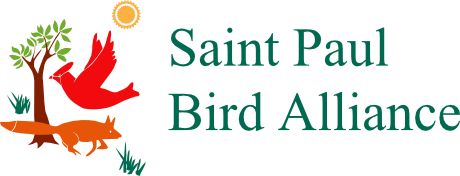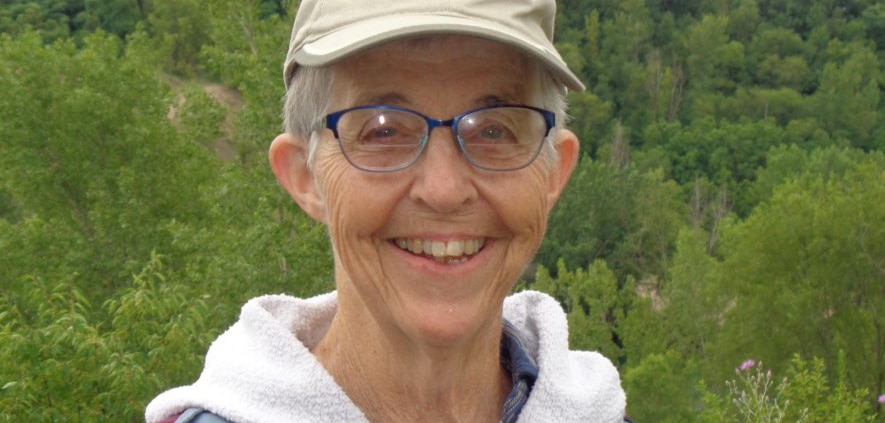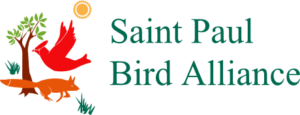Meet Field Trip Leader Chase Davies
Chase Davies loves being outdoors and she loves leading nature walks. No surprise, as she is one of the most frequent field trip leaders for the Saint Paul Audubon Society.
Chase is an ecologist with deep knowledge of the natural world and a wide range of experiences outdoors, beginning from the time she was growing up in Dayton, Ohio. “This was during WWII and there were no men around,” she says. “We lived on the edge of the city, on the edge of the school district, and there weren’t many kids around either. But there were fields and I wandered and took everything in. I was just outside most of the time.” She spent summers with a grandmother who lived in upstate New York on a lake, exploring the outdoors there by boat; and the family drove to Naples FL many years for Christmas. “We explored Marco Island and Corkscrew Swamp Sanctuary – a National Audubon Society sanctuary — driving around in my father’s jeep,” she recalls. Then at age 11 she went to a rustic summer camp near Rocky Mountain National Park and ended up going back every summer for nine years as a camper and then a counselor.
Birding started at age 9 when a friend of her mother’s began taking her along on Dayton Audubon Society outings. “Four rivers converge in Dayton and there are dams to control flooding. The area around the dams is fabulous birding habitat,” says Chase. “We also went out to the countryside, along the dirt roads. When the fields were flooded, they were full of water fowl and that’s when I learned to identify ducks.”
The trip that really hooked her on birds was a weekend near Sandusky Ohio. “Sandusky is on the south shore of Lake Erie, at one end of an archipelago of islands that extend to Point Pelee, Ontario, on the other side. This is where migrating birds – and many warblers – hop across the lake to Canada and further north.”
The next stop in Chase’s life was Vassar College, where she majored in Zoology. “As a freshman, I took a class that used Eugene Odum’s brand new textbook Ecology, which was a radically new approach to science. That course really set me up for knowing what I wanted to do in college and for my future interests,” says Chase. “I took an interdepartmental approach and did independent study, one time studying chickadees and another investigating conservation practices on a dairy farm.”
In pursuing work and a career, Chase realized, “I was not cut out for classroom teaching.” Eventually settling in St. Paul, she worked for the Science Museum of Minnesota teaching classes to adults and kids, and directing the Minnesota Zoological Society as the New Zoo was opening in Apple Valley. In 1994, after a substantial stint as an accountant at H.B. Fuller, Chase retired and was able to spend a year
at the Thorne Ecological Institute in Boulder, CO, where she prepared to become an interpretive naturalist for the Rocky Mountain National Park. She continues to spend “as much time as possible” in the Rockies, often now as a field trip follower.
Chase’s most meaningful birding experiences are when she is leading a group. “I enjoy watching people as they are seeing and learning new things. My goal is to help people open up a little so they are more observant using all their senses. I love to see the joy on a kid’s face looking through a scope.”
Going on a bird walk with Chase is a real pleasure but you need to catch her between travels. Most years this includes a trip to Nebraska in March to see the cranes, back to Minnesota for May, and June in the Rockies, experiencing spring in each location. This year she is going to take in spring on South San Padre Island, Texas.
“I have managed to do what I love for most of my life,” she says. “Being outdoors, learning together with other people. Everyone knows something, and the fun is in sharing what we all know. I call it cooperative learning.”




